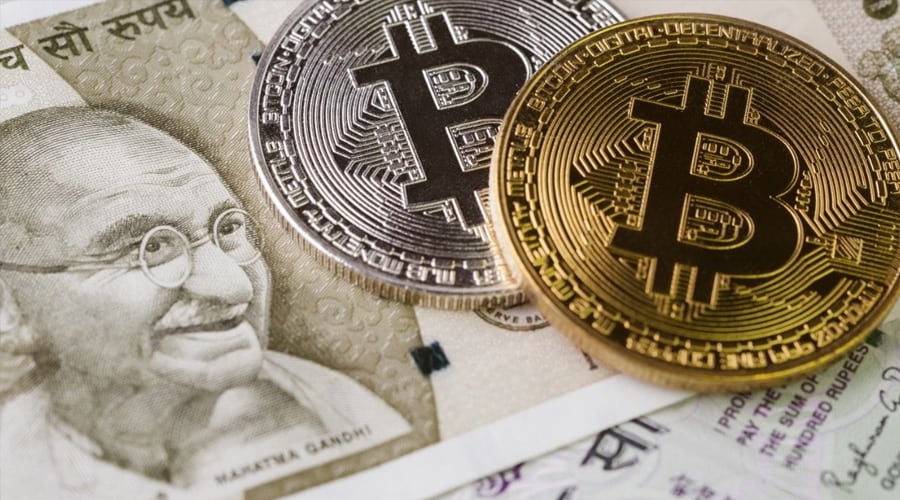India Overtake UK and now become the World’s 5th Largest Economy

Indian rupee overtaking another currency and becoming stronger or more valuable in comparison, it would depend on the specific currency you are referring to. Currency exchange rates are influenced by a variety of factors, including economic performance, interest rates, inflation, political stability, and market dynamics.
In the foreign exchange market, currencies are constantly traded, and their relative values fluctuate. Sometimes, the Indian rupee may strengthen against a particular currency, meaning it takes fewer rupees to buy one unit of that currency. This could be due to positive economic indicators, increased investor confidence, or other factors.
On the other hand, the Indian rupee can also weaken against other currencies, meaning it takes more rupees to buy one unit of those currencies. This can occur due to factors such as economic downturns, high inflation, geopolitical tensions, or changes in monetary policy.
It’s important to note that predicting the future performance of a currency is highly speculative and challenging. Currency values are influenced by numerous factors that are often unpredictable. Therefore, it is difficult to accurately forecast if or when the Indian rupee might overtake another currency in terms of value.
The Indian rupee is the official currency of India. It is denoted by the symbol “₹” and the currency code “INR” (Indian National Rupee). The rupee is issued and regulated by the Reserve Bank of India, which is the country’s central banking institution.
The Indian rupee is subdivided into 100 paise, although due to inflation, the paise coins are rarely used in everyday transactions. The denominations of coins currently in circulation are 1 rupee, 2 rupees, 5 rupees, 10 rupees, and 20 rupees. The denominations of banknotes in circulation are 10 rupees, 20 rupees, 50 rupees, 100 rupees, 200 rupees, 500 rupees, and 2,000 rupees.
The value of the Indian rupee fluctuates in the foreign exchange market based on various factors such as interest rates, inflation, and market sentiment. Its exchange rate is determined by supply and demand dynamics against other major currencies like the US dollar, Euro, or British pound.
It’s important to note that exchange rates can change frequently, so it’s always a good idea to check with a reliable source such as a bank or currency exchange service for the most up-to-date rates.

the growth of the Indian economy or the value of the Indian currency over time, it is essential to note that economic growth and currency valuation are influenced by various factors and can be subject to fluctuations.
India has been experiencing economic growth over the years, and its GDP (Gross Domestic Product) has been steadily increasing. However, the growth rate can vary from year to year due to factors such as government policies, global economic conditions, domestic consumption, investment levels, and structural reforms.
The value of the Indian rupee against other currencies is determined by the foreign exchange market, and it can appreciate or depreciate based on supply and demand dynamics. Changes in the exchange rate can be influenced by factors such as interest rates, inflation, trade balance, geopolitical events, and investor sentiment.
It’s important to note that I, as an AI, don’t have access to real-time financial data, so I can’t provide you with specific or up-to-date information on the current status of the Indian economy or the value of the Indian rupee. For the most accurate and recent information, it is recommended to refer to reliable sources such as financial news outlets, government reports, or consult with financial experts.
Indian rupee (INR) in the foreign exchange market, it is indeed possible to trade the Indian currency against other major currencies such as the US dollar (USD), Euro (EUR), British pound (GBP), and others.
Currency trading, also known as forex trading, involves the buying and selling of currencies with the aim of profiting from fluctuations in exchange rates. Traders can speculate on the value of the Indian rupee rising or falling against other currencies.
Individuals and institutions can participate in currency trading through various channels, including banks, financial institutions, online forex brokers, and electronic trading platforms. The forex market operates 24 hours a day, five days a week, allowing traders to execute trades at any time.
Trading in the forex market involves analyzing economic indicators, geopolitical events, market sentiment, and technical analysis to make informed trading decisions. It is a highly liquid and volatile market, and trading involves risks, so it is advisable for traders to have a good understanding of the market and to implement risk management strategies.
If you are interested in currency trading involving the Indian rupee, it is recommended to educate yourself about forex trading, learn about risk management techniques, and consider seeking advice from financial professionals or experienced traders.



